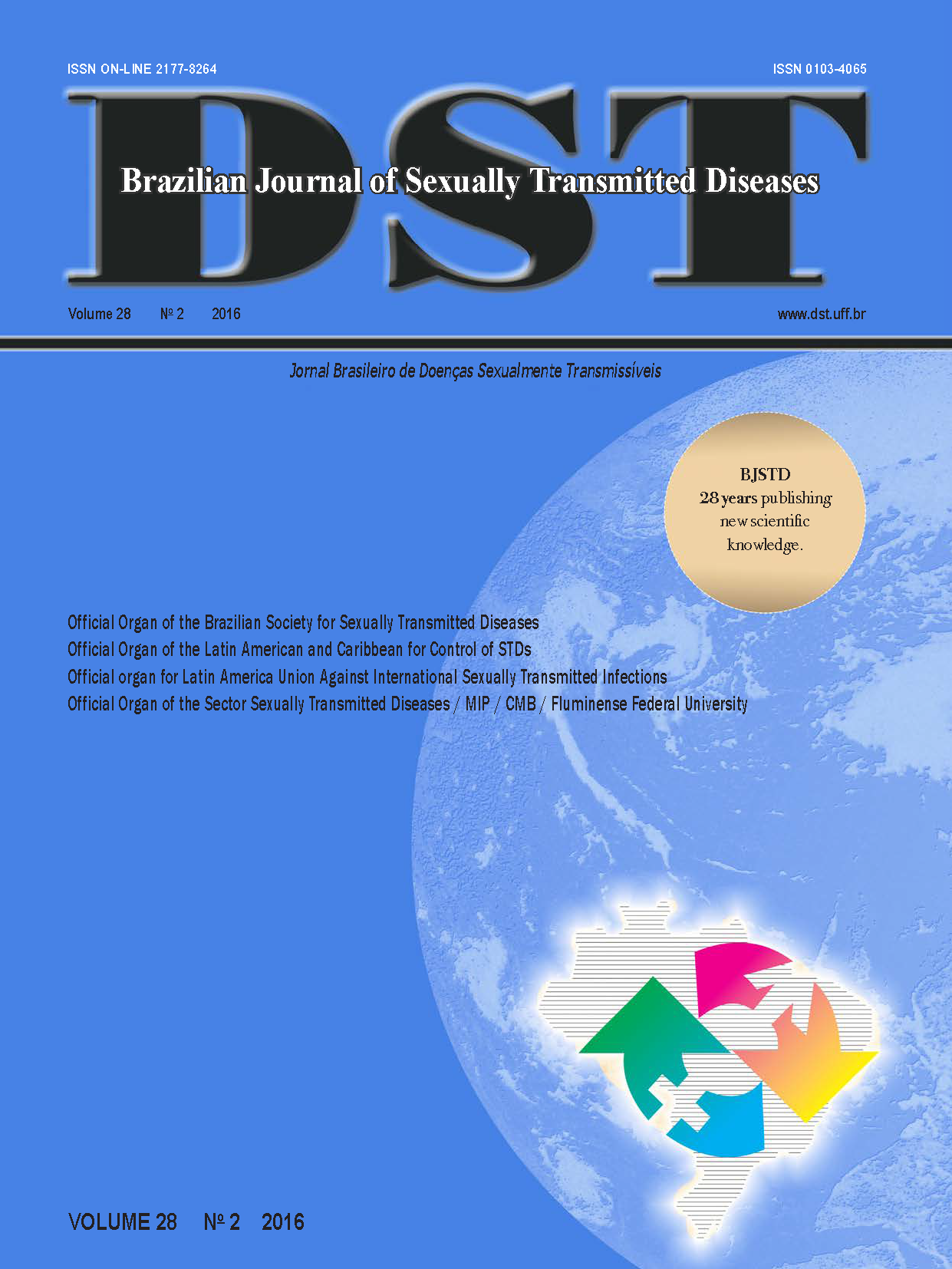The risk of genital infections in women using intrauterine device
Keywords:
intrauterine devices, reproductive tract infections, cytologyAbstract
Introduction: Intrauterine devices (IUDs) are widely used contraceptive methods that have a possible association with lower genital tract infections. Objective: To assess whether IUD is associated with genital tract infection and which pathogens cause it. Methods: Systematic review of studies in PubMed database, Highwire-Stanford, and Google Scholar using the following keywords: “cytology IUD,” OR “IUD AND cytology” OR “cytology” OR “cytological techniques,” OR “cytological AND techniques,” OR “cell biology,” OR “cell” and “biology”. Results: Sixteen out of the 2,817 initial articles were selected using the inclusion criteria. On the basis of these studies, the microorganisms that can colonize the IUD, the main acute pelvic inflammatory disease occasioner is Actinomyces spp. There is a risk 14 times greater of the presence of Actinomyces spp. in IUD users than in non-users. However, there would be a higher apparent depuration of human papillomavirus (HPV) infection among copper T users. Conclusion: There is an association between the use of IUD and some genital infections such as bacterial vaginosis; however, more evidently associated with Actinomyces spp. There is a possible higher depuration of infection by HPV among copper T users.












